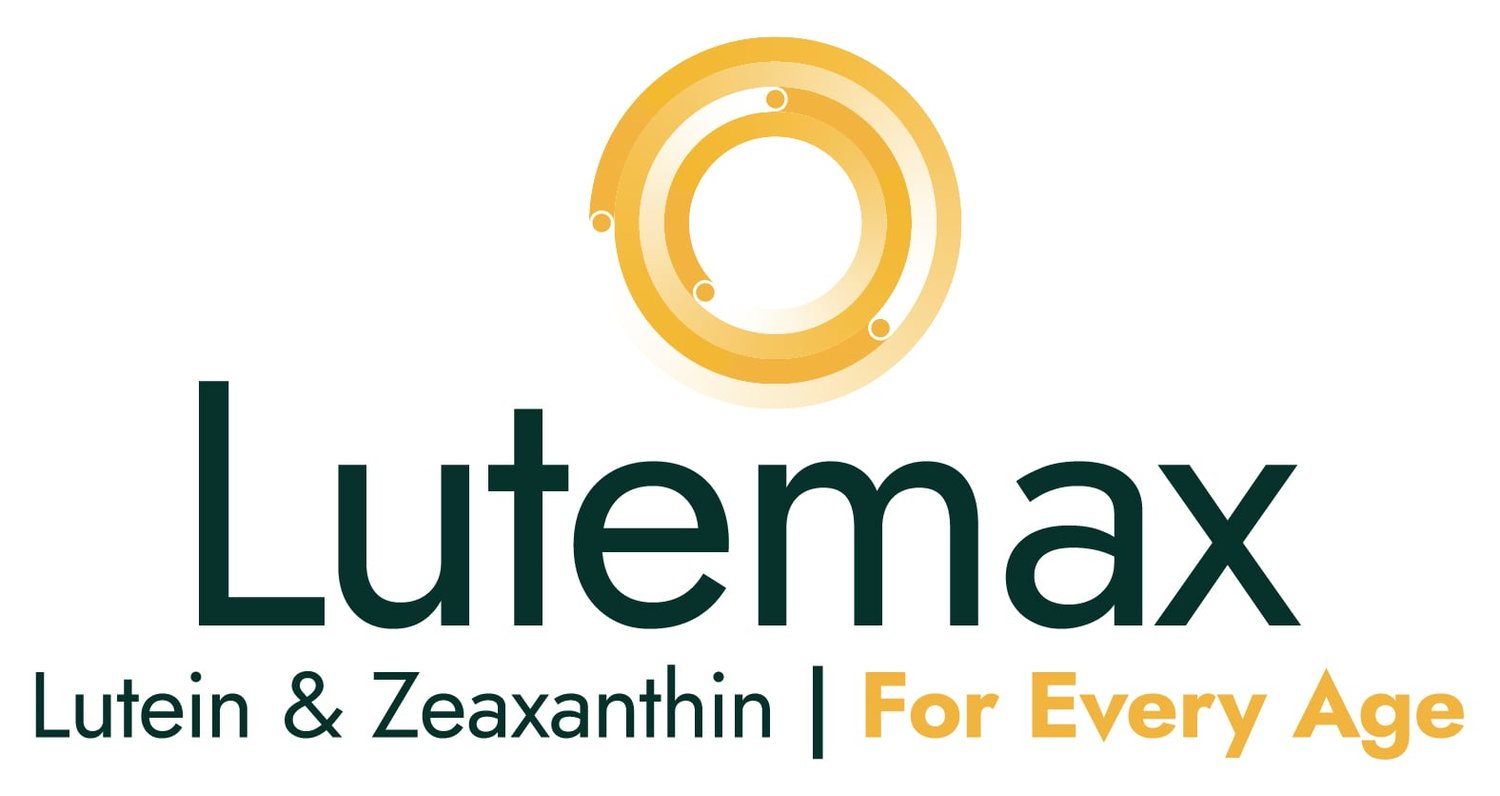Back-to-School: Don’t Forget the L & Zs with the ABCs!
It seems as though almost as soon as children enjoy the first day of summer vacation, back-to-school (BTS) season arrives. Across the country, stores begin creating BTS displays in mid-July.
Beyond tools of learning and clothes, nutrition and supplements should be a part of any child’s BTS kit. Today, children are digital lifestyle consumers, unlike their parents were when they were tykes. The “new normal” for today’s children is characterized by greater continual screen time doing homework, indulging in watching entertainment, and playing video games.
The importance of taking supplements
Basic multivitamins fill in needs gaps for children of all ages, and supplements for supporting focus and concentration, as well as immune protection are now in parents’ sights for their children. The list should include vision-support and eye protection because device screens project blue light that is absorbed by macular carotenoids (of the 600 carotenoids, only 3 are in the macula: lutein, zeaxanthin and meso-zeaxanthin). Digital eye strain (also called computer vision syndrome) is linked to the multiple hours spent on the internet and social media, whether it’s a laptop, pad, phone or TV.
High-energy blue light from screens including digital devices may harm the macula – the region of the eye responsible for seeing clear details – by increasing production of free radicals, harmful molecules that damage healthy cells they encounter. Research has shown that supplementing with lutein and zeaxanthin (as well as meso-zeaxanthin) created a higher density of L&Z in the macula.
Short-term blue-screen exposure tends to result in eye fatigue and strain, and in some children, this also creates a headache. Long-term exposure leads to damaged retinal cells, which can set the stage for age-related vision loss in later adulthood.
While a child can while away hours playing a video game, the consequences of blue light exposure from digital devices can be felt in as little as two hours. In one study, 9% of children had eye strain and dry, irritated eyes, among other discomforts such as headache, neck and shoulder pain and impaired attention span. More research backs this up, showing that daily total screen time often leads to dry eye syndrome.
Enter L&Z – Lutein & Zeaxanthin
Children, whose eyes are more susceptible to the harmful effects of blue light, spend hours of their day staring into screens. Kids are now exposed to screen devices starting in their early developmental stages and often continue to use them increasingly as they grow.
The B.L.U.E. Study (Blue Light User Exposure) is the first human clinical trial in young, healthy people that examined the effects of taking supplements containing lutein and zeaxanthin (L & Z) during prolonged exposure to blue light from various sources including digital devices. They consumed the supplement every day for six months and the participants reported reductions in eye strain and fatigue, and improvement in visual performance.
This study is welcome information because as it stands, only 1 in 11 children are obtaining enough L & Z from their diets -- research estimates that most kids only consume 0.5 mg per day, when the research-recommended amount for healthy eyes is 12-24 mg.
L&Z exist in healthy whole foods such as carrots, asparagus, romaine lettuce, kale, peas, pumpkin, squash, spinach and pistachios. While it may take quite a bit of persuading for some children who find vegetables to be offensive to their palates, there are ways beyond slicing, dicing, steaming, sautéing, or grilling vegetables and serving them plain in the lunch container or on the dinner plate. Try these ideas:
· For breakfast or a snack, whip up a smoothie that blend fruits with kale and spinach.
· For the lunchbox, pack baby carrots with a dip. Forego the bottled versions and make your own: mix together garlic and powders, dried dill, kosher salt, Worcestershire sauce, cayenne pepper, and fresh chives into a cup of plain Greek yogurt.
· For a pudding-style dessert after lunch, mix canned pumpkin, Greek yogurt and a dash of honey in a blender.
· Substitute pasta for zucchini noodles or the aptly named spaghetti squash.
Parents can also choose supplements formulated for children’s vision support, available in gummies and in liquids.
Another tactic is to separate children from devices when they are not using them for homework. Engaging in outdoor activities (try a scavenger hunt if they aren’t athletic), and crafts also helps kids learn and hone their other senses. Take them to museums, fairs, waterparks, and other fun experiences.
Your children’s screen viewing will likely be a significant part of their lives as they grow older. Get them on the right track now to protect their ocular health for the “foreseeable” future.
OmniTrivia: Research shows that 56% of children aged 8 to 12 have a cell phone, and 21% of children younger than 8 use a smartphone. (Source)

